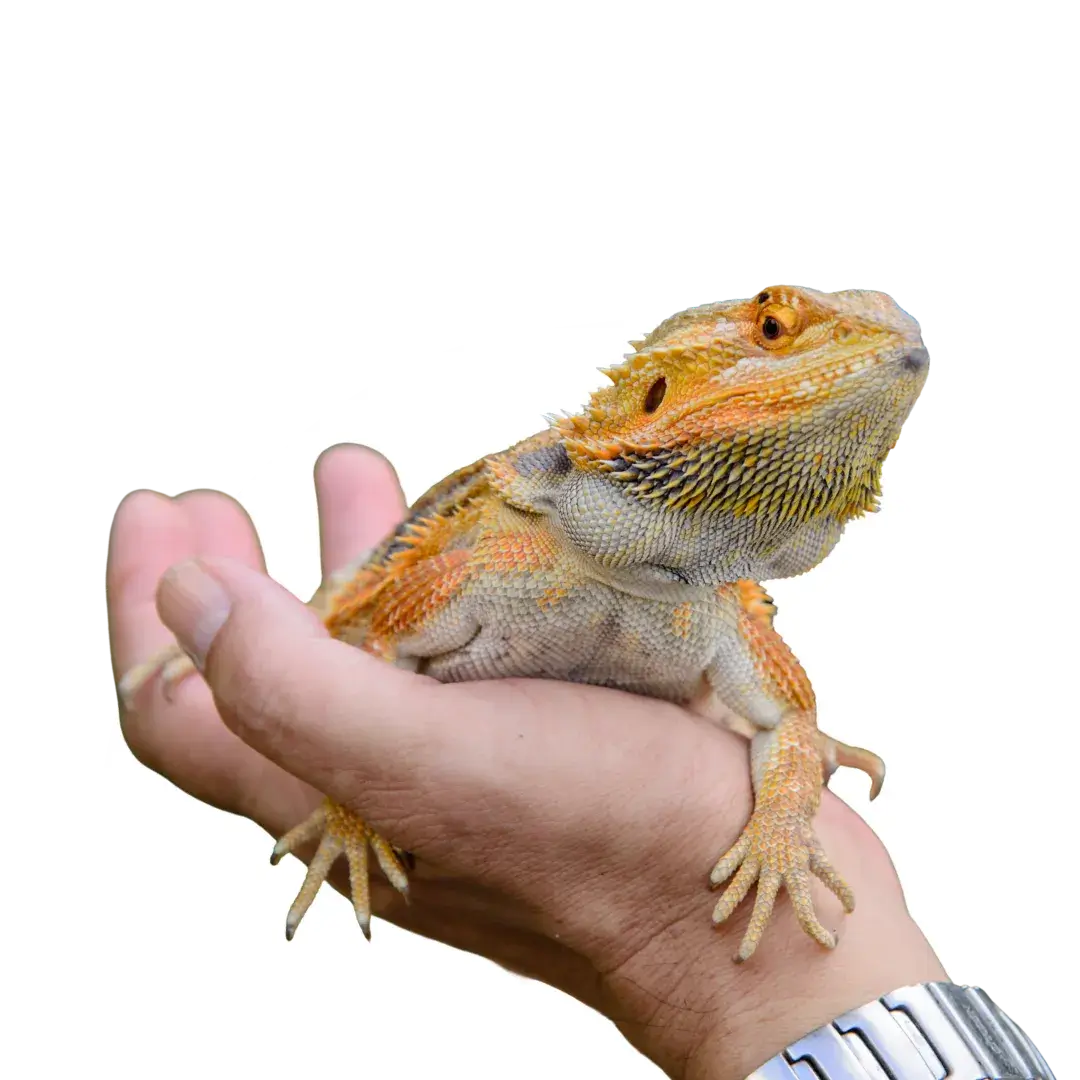

Vigorous muscle contractions near the vent (cloaca) without the passage of an egg.
Profound weakness, refusal to bask and burying behavior, signaling pain and systemic stress.
Immediate intervention prevents sepsis. Retained eggs quickly putrefy, causing fatal infection (sepsis). We need immediate diagnostics and stabilization to relieve pressure and prevent oviduct rupture, which is life-threatening.
We provide the strength for a successful lay. Lack of calcium prevents the uterine muscles from contracting. We administer emergency injectable calcium and fluids, often followed by hormone therapy (oxytocin) to induce laying.
Imaging finds the hidden cause. We perform X-rays immediately. Imaging distinguishes between a behavioral issue (corrected by a better nest box) and a fatal physical blockage (obstructive dystocia) requiring surgery.
Specialized surgery saves her life. Our reptile surgeons use precise anesthesia protocols and advanced techniques to remove the eggs, minimizing trauma and ensuring the best chance for a full recovery.
A complete plan prevents recurrence. No. Prevention requires a complete plan: correct supplementation (calcium + D3), a perfect nesting box and proper basking temperatures. We provide a full husbandry audit to cover all factors.
Your pet deserves expert care – Subscribe now for trusted tips and updates from our pet experts.
